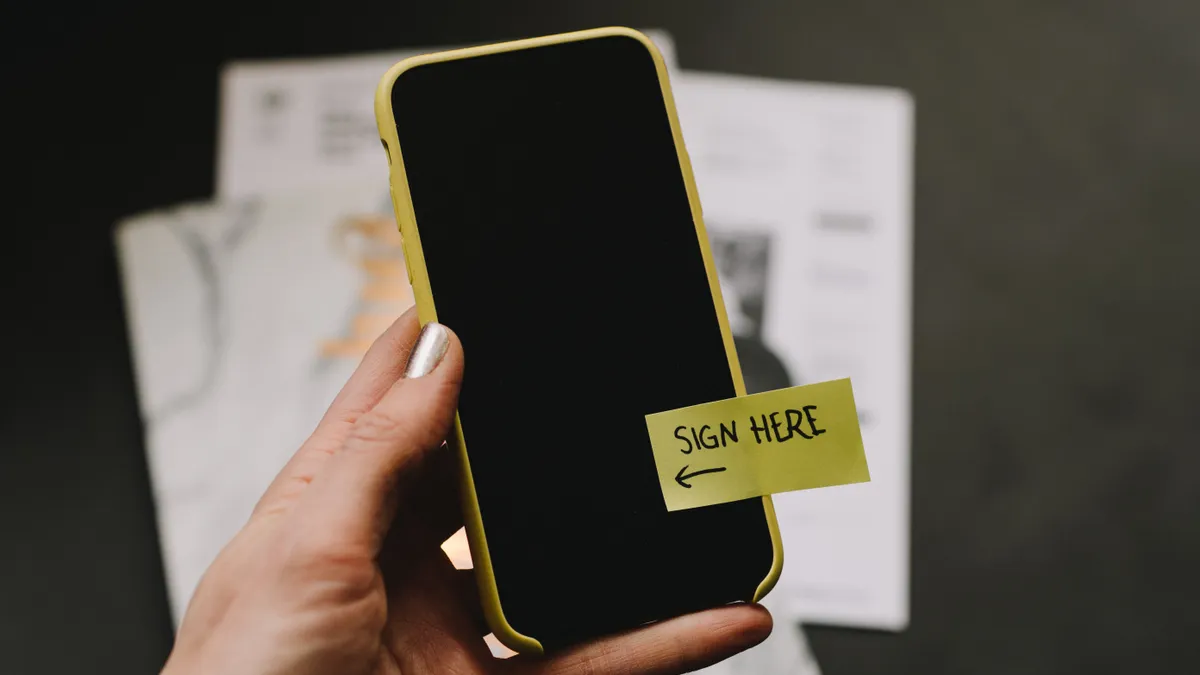The DHS-mandated Form I-9 was enacted in the late 1980s as part of an initiative to curb employers from hiring undocumented immigrants. The process remained largely unchanged for decades until COVID stay-at-home orders necessitated flexibility to the long-standing requirement that employers must physically inspect identity documents.
Positive feedback from employers and acknowledgement that hiring has fundamentally changed led the government to announce a permanent virtual I-9 process that was rolled out on August 1st, 2023.
Dubbed ‘alternative procedure’, this new allowance for Form I-9 enables a new era of hiring flexibility. However, employers should be aware of some of the limitations before implementing within their organization.
Alternative procedure: the requirements
-
E-Verify: To utilize alternative procedure, employers must abide by certain requirements, the most stringent being the use of E-Verify (a robust identity verification system that validates information from an employee's I-9 form against data from the U.S. government).
-
Secure Storage: Employers are also required to securely store copies of the employee’s identity and hiring documents. In this context, secure storage ensures that all sensitive documents related to the hiring process are kept in a digital environment, safeguarded against unauthorized access and potential breaches.
-
Job Site Consistency: DHS has also specified that each job site must adhere to a consistent hiring method (i.e. if alternative procedure is offered for some, it must be available to all). The one exception to this is if you are offering alternative procedure/virtual review to remote employees only, and you use traditional physical review for all onsite employees.
How does it work?
Employers utilizing alternative procedure are required to follow the below steps:
-
Section 1 & Document Share: The employee completes I-9 Section 1, and securely transmits their corresponding identity and work authorization documents to the employer.
-
Virtual Meeting: An authorized representative of the employer conducts a live video meeting with the employee, views and verifies their documentation and signs Section 2.
-
E-Verify: The employer utilizes E-Verify to validate that the information provided matches government records.
The case for alternative procedure
The most significant advantage of alternative procedure is the speed and remote-friendly element it introduces to the hiring process. Remote hiring is seen as an advantage by many companies and this only accelerates the process, potentially allowing new employees to commence their roles more quickly.
Whereas the physical review requirement presents significant cost and logistical burden to employers, alternative procedure helps to alleviate some of this.
Alternative procedure: the downsides
However, it's not all positive news for employers seeking to shift their process. A glaring challenge is that once a company opts to use alternative procedure, they are required to use E-Verify for all hires within a hiring site moving forward. This could prove a significant obstacle for businesses not currently using E-Verify who don’t have procedures in place to streamline the transfer of data between Form I-9 and the E-Verify system.
Then there are logistical hurdles: the new training, procedures and tools required to facilitate a virtual I-9 review including video conferencing and secure document transfer and storage. There are also unanswered questions about how best to demonstrate that all protocols were followed during a virtual identity verification meeting to maintain a complete audit log.
As with any new government process, it will take some time to get clear answers to lingering questions and employers with a lower appetite for risk may want to wait before selecting the new process.
However, other digital solutions, such as remote I-9 verification platform WorkBright, help alleviate this burden- without requiring the use of alternative procedure.
Should your organization use alternative procedure?
While the benefits of the new alternative procedure are clear, it's not an all-inclusive solution. If an employer already uses E-Verify, doesn't have extensive hiring needs, boasts an automated E-Verify solution and has a tech-savvy team for secure document storage, then alternative procedure might be a natural choice to make.
Conversely, it may not be suitable for businesses with rapid or high-volume hiring, those who don't use E-Verify, or those with a workforce that predominantly reports to a physical location. Companies with limited IT resources or software tools might also find this challenging.
Exploring other avenues
Alternative procedure isn't the only option for remote, compliant I-9 completion. Solutions like WorkBright, the leaders in remote I-9 onboarding, offer alternative methods for remote I-9 completion without the requirement to utilize E-Verify. WorkBright also simplifies secure data storage, eliminates the need for a virtual meeting and includes a physical document inspection element.
Parting thoughts
The introduction of alternative procedure underscores the significance of remote hiring in today's business landscape. However, it's essential for employers to assess their specific needs, capabilities and risks. While the lure of speed and convenience is tempting, it's imperative to ensure that the integrity and security of the hiring process remain uncompromised- or risk compliance fines and penalties.
With a proven track record of zero audit fines and over one million I-9 forms processed, WorkBright is the solution of choice for organizations seeking to accelerate their hiring and onboarding with a proven, compliant solution. Enquire with WorkBright today.










